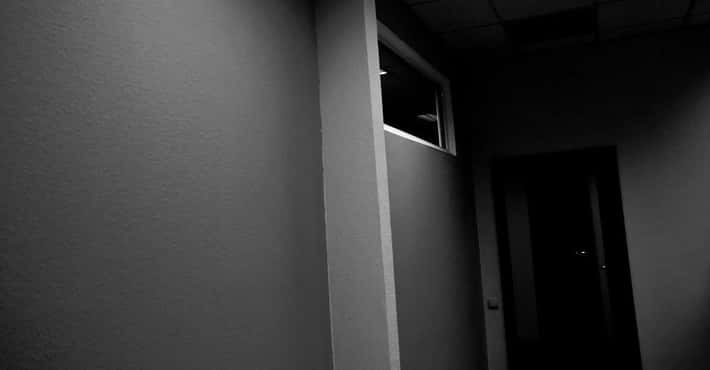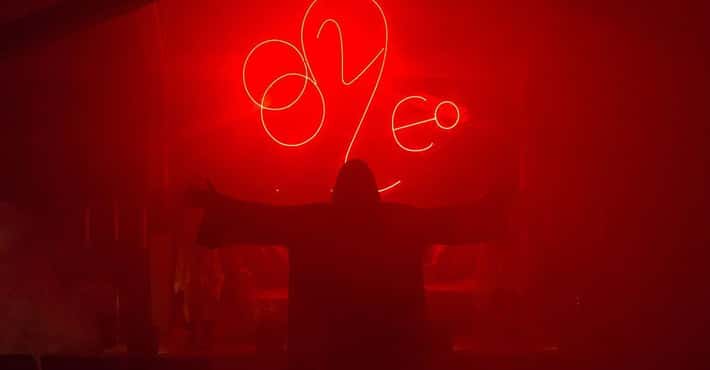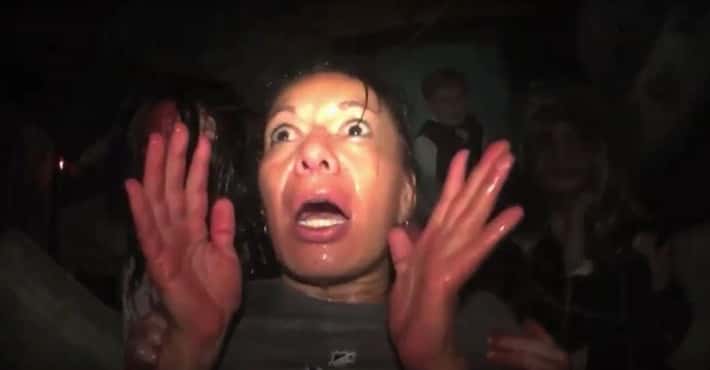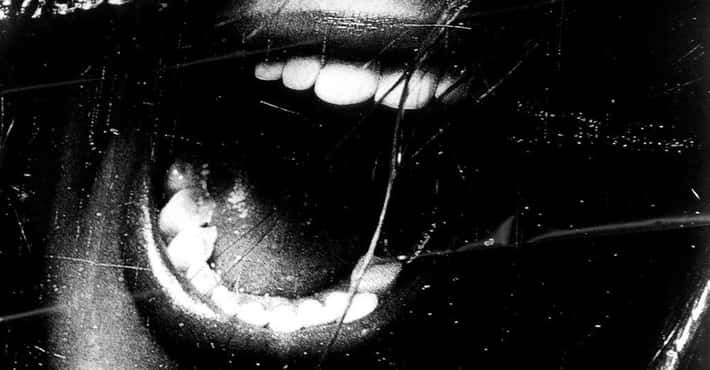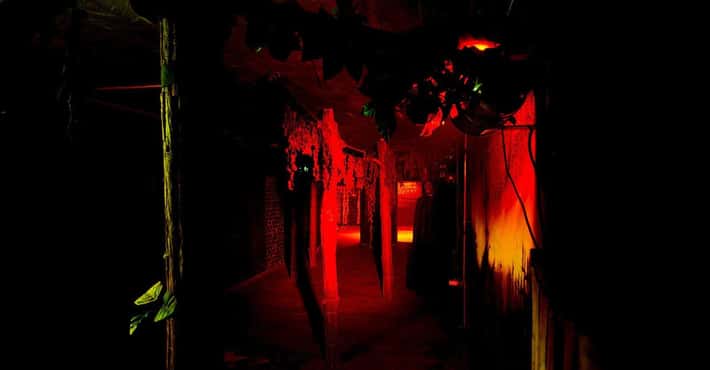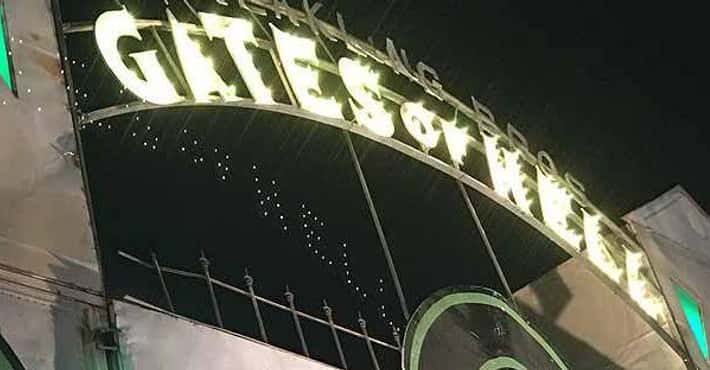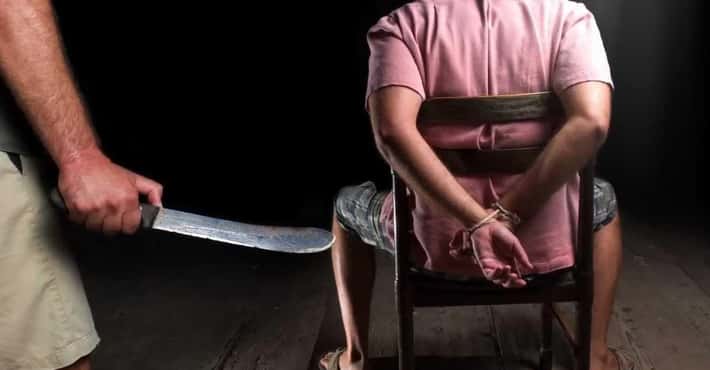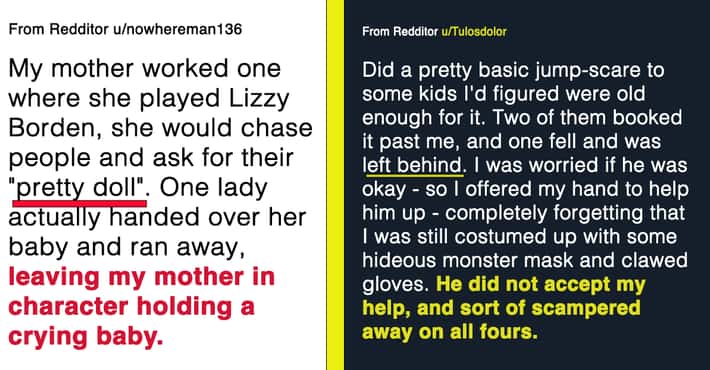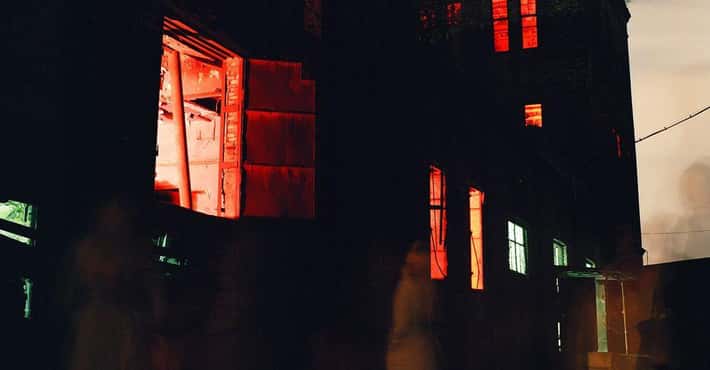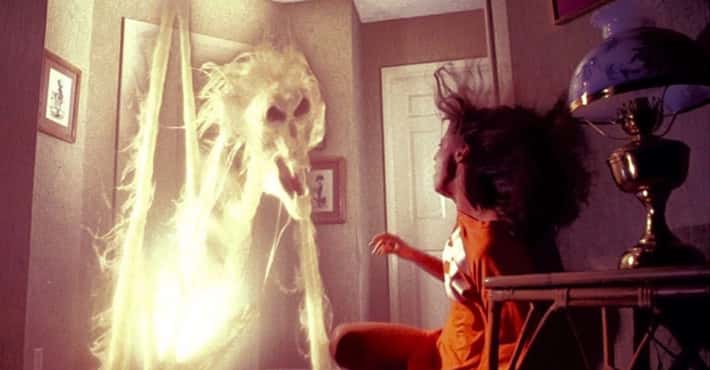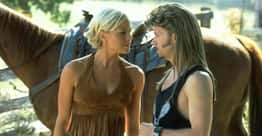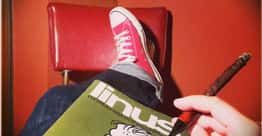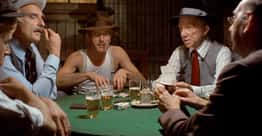14 Terrifying Details About Blackout, The Extreme Haunted House
Participants Have To Sign A Waiver
You have to sign a liability waiver before even entering. If you're going to take part in Blackout, you have to be okay with the performers touching you and physically interacting with you in whatever way that they please.
You also have to say that you're not going to try to fight back at all.
Participants Experience Genuine Military Coercion Tactics
Blackout supposedly incorporates modern tactics reminiscent of what insurgents experienced at Abu Ghraib. Meredith Woerner of io9 said:
Someone tied my hands behind my back (which was not tight, and would have been easily escaped from, but was still keeping my hands behind my back) and bagged my head. I was left shoeless and kneeling against the wall. The bag over my already existing surgical mask made it hard to breathe. Thinking about the difficulty of breathing made it even harder.
By Blackout's 2016 Sundance launch, actors poured water down the participants' throats until they choked.
Participants Might View 'Simulated Assault'
One of the pieces of the Blackout puzzle is their commitment to subjecting patrons to what they refer to as "simulated sexual assault." One of the co-creators of the experience, Josh Randall, realizes that it's "sensitive subject matter," but he believes that the faux-experience should go "deeper than shock value, it's about finding what an actor and audience [are] interested in, and [making] them interested in going to that place. We try to be as clear as possible about what people are in for."
Participants Often Experience Everything Alone
Most haunted houses that you'll come across in October are full of actors in rubber masks and varying levels of theatrics from cobwebs to dry ice - but that's not what you're going to find in Blackout. The experience literally leaves you alone, allowing you to sit in dread waiting for something new and horrific to happen. In the Blackout experience, the thing that you're most afraid of is likely to be the thing that's going to lead to your biggest freakout.
Participants Are Sometimes Smothered With Plastic Bags
Throughout the years, participants in Blackout have been gagged, had their heads covered in hoods, and been smothered with plastic bags. If you're at all claustrophobic, the idea of being smothered, even in a controlled environment, has to be terrifying.
Even if you aren't afraid of enclosed places, it has to be pointed out that it's still possible to be accidentally choked.
Participants Are In For A Lot Of Physical Activity
Reports from Blackout claim people are forced to crawl through tubes made of plastic trash bags, forced into walls, and made to crawl through the darkness.
A writer for io9 described her experience, saying that she ran into two girls. While one threw her into a chair, "the second girl went straight for my legs, grabbed my right foot and stripped it off my shoe and sock. Once off, the two ladies began aggressively fighting over my shoe."
Participants Allow Everything To Happen
By far the most frightening thing about the Blackout experience is that the attendees allow everything that's done to them to happen. At any point those in attendance can say the safe word and leave Blackout, but why don't they?
One of the co-creators, Kristjan Thor, says that this is the kind of thing he wants participants to think about after they go through the experience. Thor believes they should be asking: "Why is this effective? Why am I letting someone do this to me?"
Participants Leave Without Resolution
In most haunted houses and horror movies, when the experience is over, there's a revelatory sense of getting to the end of something, of finishing a narrative - but that sense of relief isn't given to you in Blackout. At the end of the Sundance 2016 experience, participants had their heads covered with a plastic bag and were forced to shout, "It's never over," until they were pushed out onto a street.
The fact that the experience isn't ever over is what separates it from other haunted houses. Inside Blackout, you weren't someone dealing with vampires, you were you. The story is yours.
Participants Can Say A Safe Word To Leave
The creators of Blackout know how intense the experience can be. If for any reason a participant feels like they can no longer handle or want to be a part of the haunted house, there is a safe word given prior to entering the premise.
The safe word reportedly used by several people who have written about their experience with Blackout is "Safety."
The Creators Want Blackout To Be As Realistic As Possible
Blackout's creators, Josh Randall and Kristjan Thor, have spoken at length about how they want to set their experience apart from other horror attractions by immersing people in a version of real danger, rather than just heavily fabricated scenarios like those in standard haunted houses. Randall said, "We wanted to strive for something more realistic. You can rationalize away other scares. Vampires don't exist."
Thor hopes that people will question their experiences in Blackout: "Our favorite comments on Blackout would come from people weeks later, when they'd ask, 'Why did I think about that in there?' It sticks with you."
Blackout Began As An Art Project
Before it became a must-attend event for horror fans, Blackout was an art project founded on sparse production values and minimalism meant to evoke a guttural reaction. Co-creators Randall and Thor come from the small New York world of immersive avant-garde theater. They decided that they wanted to create a haunted house where:
there were no monsters, vampires, very little make-up... The whole goal is to create an effective experience of fear, which is subjective. We don’t try to be scary as much as be effective. This is more about performance art, rather than ghosts and goblins.
While the two men were in New York, they ran the Vortex Theatre Company. Randall recalls their work, saying that their goal was to "reformat classical plays for a contemporary audience, and usually Kris and I would always skew towards more of an experimental, avant-garde slant." So, it only makes sense that the two would try to reformat the haunted house experience in order to fit their artistic aesthetic.
The Set Design Is Inspired By Urban Decay
Every review and article about Blackout mentions the minimalist environment that the experience takes place in. Many Blackout experiences are set up in unused office buildings and empty warehouse spaces that force the audience to reflect on the urban decay that surrounds them every day. This isn't just simple and inexpensive set design, it parallels the world that audiences come from and helps to blur the line between what's real and what's not.
The floors in Blackout tend to be concrete or linoleum, and they're covered in things that you might find strewn about downtown on a Saturday night in the hours between when the bars close and before the sun rises: stray shoes, glass, and other waste.
There Is A Documentary On The Project Called 'The Blackout Experiments'
In 2016, the Sundance Film Festival premiered The Blackout Experiments during its Midnight Section. Directed by Rich Fox, the documentary takes a look at the people who opt to participate in these traumatizing interactive experiences.
He also considers a culture at large that is looking for visceral, life-altering events as means of entertainment and self-discovery.
It Has Led The Way To More Intense Haunted Houses
While Blackout might be the most famous interactive, waiver-required haunted house, it is by no means the only one. McKamey Manor in San Diego, CA, also uses extreme psychological tactics to terrify its participants.
In October 2017, "The 17th Door" opened, an immersive haunted house experience in Fullerton, CA, that also allowed actors to touch and even cut the hair of participants.
Heretic Haunted House changes the experience of their interactive hauntings yearly. In 2016, the year-round production went full-on horror film with an overnight stay at a cabin in the woods.


